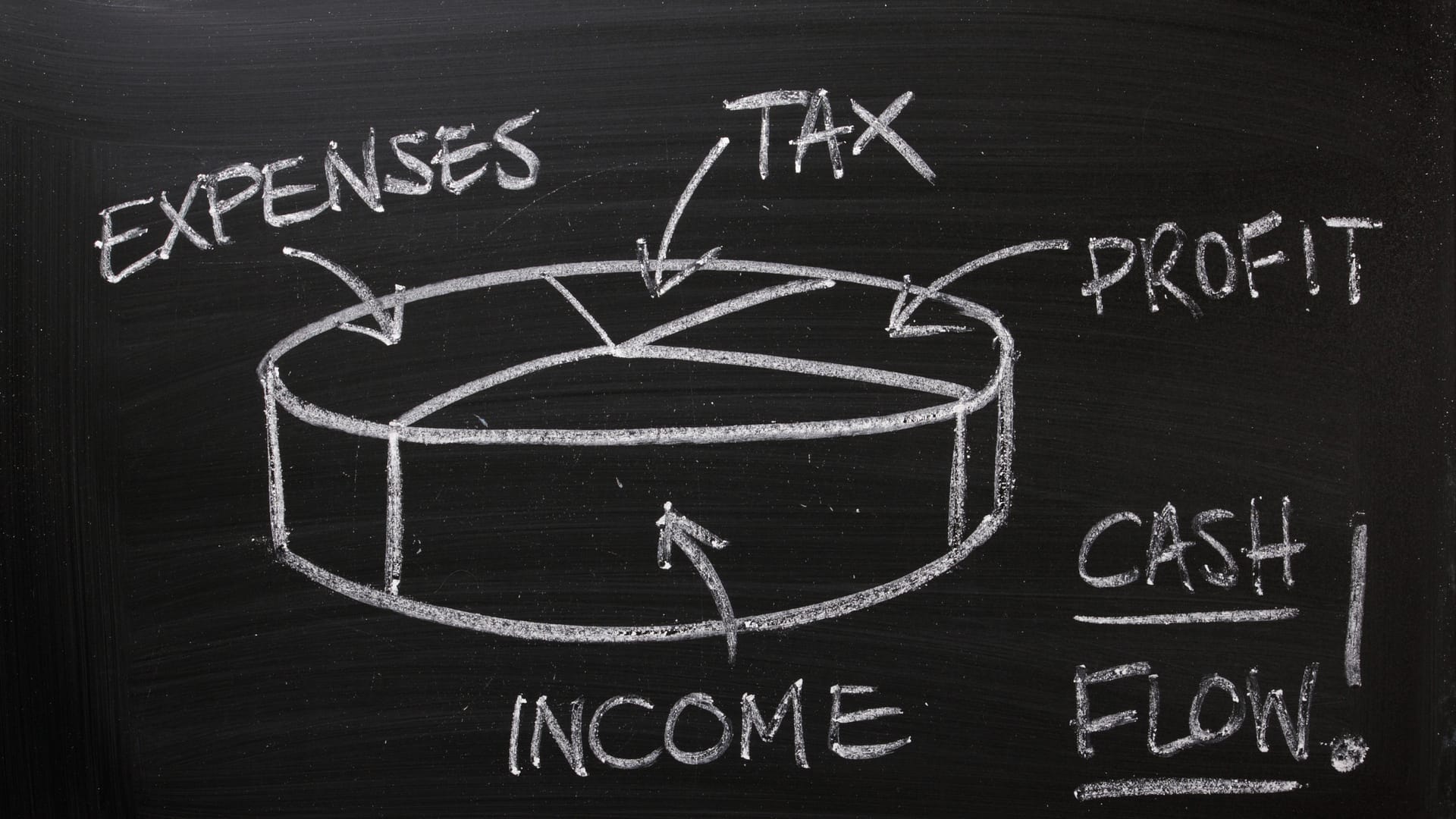If you need to know the value of your company, then it is possible that you are considering selling your business, raising a round of funding, or applying for a business loan. There are numerous formulas used to value a business. But which formula is right for your business? It may depend on factors such as the current market, your industry of focus, or various other considerations. The most common formulas are based on the business’s earnings, its forecast about the future, its balance sheet, and recent sales of comparable businesses. Before considering what option to use, your financial data needs to be accurate. Arete Partners can help with that.
1. Seller’s Discretionary Earnings Method
The Seller’s Discretionary Earnings (SDE) method is a cash-flow-based measure of a business’s earnings. It allows the business owner to maximize the value of the business. The first thing that you need to know to calculate SDE is your business’s earnings before interest, taxes, depreciation, and amortization (EBITDA). This metric is used to evaluate a company’s operating performance and is a fancy way of describing the pre-tax and pre-interest profits before non-cash expenses.
Once you know your business’s EBITDA, the next step is to add one-time purchases. This can include expenses such as business licensing and application fees, one-time legal fees, or any other expense that is not forecasted to be a recurring expense. Additionally, it’s common to add non-related business expenses or income such as cell phone or vehicle expenses and club memberships because it’s common for these to be used for the business. When valuing a business based on this method, the buyer and seller may disagree on what expenses should be added to EBITDA to calculate SDE because the seller may believe that something is vital to the business when the buyer does not and vice versa.
2. Discounted Cash Flow Method
The Discounted Cash Flow (DCF) method is one of the main income-based methods of valuing a business. It is a useful way to value a business based on its expected future cash flows. It gives the buyer a good idea of how much to spend on an asset now so that the desired return in the future may be attained. This valuation method is best used when a company is projected to shrink or grow significantly in the coming years.
To use this method, you will need to make a few estimations. First, estimate the cash the business will earn this year, and for the next few years, depending on how far ahead you want to project. Then, assign the correct discount rate. The discount rate refers to the interest rate used to determine the present value of future cash flows. For a small business with average risk, 13 percent is usually a good discount rate to use. You can plug the appropriate numbers into this online calculator to assist in the valuation.
3. Adjusted Net Asset Method
The Adjusted Net Asset (ANA) method is the most common asset-based approach used to determine the value of a company. You may use this or a comparable approach to managing your personal finances. Under the ANA method, the entirety of the business’s assets and liabilities are adjusted to reflect their respective fair market values. Additionally, you’ll want to add in any unrecorded liabilities such as a judgment against the company or a lease. The final value that you arrive at is called the adjusted book value which is the difference between the total fair market value of the adjusted assets and the total fair market value of the adjusted liabilities.
4. Capitalization of Cash Flow Method
The Capitalization of Cash Flow (CCF) method is another popular income-based method of valuing a business. Like the DCF, the CCF also values the business based on the amount of income expected to be generated in the future. Unlike the DCF, which is commonly used to value a potentially unstable business, the CCF is used to value a business that is forecasted to have relatively stable margins and growth.
This valuation method divides the cash flow from a single period. Therefore, it is less flexible than the DCF, which uses multiple periods. The steps in the CCF method include determining the sustainable earnings base, adjusting to convert projected earnings into projected cash flow, developing an appropriate capitalization rate (the business expected rate of return), and applying the capitalization rate to the cash flow base to obtain the fair market value of the business.
5. Market-Based Value Method
This valuation method is the most popular method as it is the easiest to calculate. The valuation of the business is based on recent sales and purchases of comparable businesses in the same industry. This method may be limited to the information available to the business owner. It may be difficult to use this method without hiring a professional because the owner’s access to information regarding similar businesses may be limited.
Conclusion
There are additional methods to valuing a business other than those described above. Some methods of valuation may be more relevant to the industry that your business engages in than others. If you want to know the value of your business for informal purposes, then you may try your hand at some of the methods above. Finding the right help navigating through the options can be a challenge. Guidance using a Virtual CFO can help navigate the options. Or, if you find your accounting system needs to be in order then consider help with Outsourced Accounting services.
Contact a business consultant with Arete Partners to find out more.







